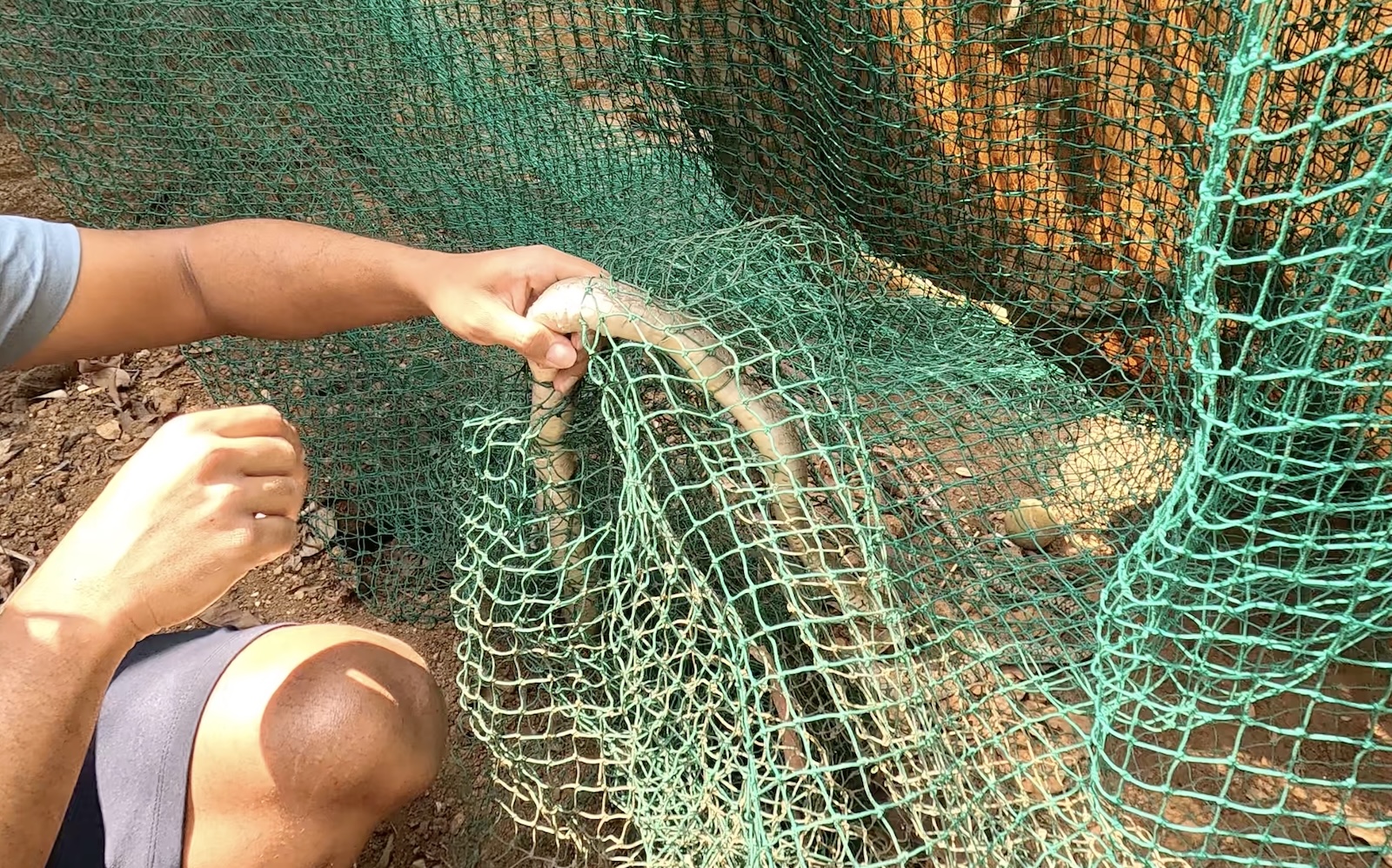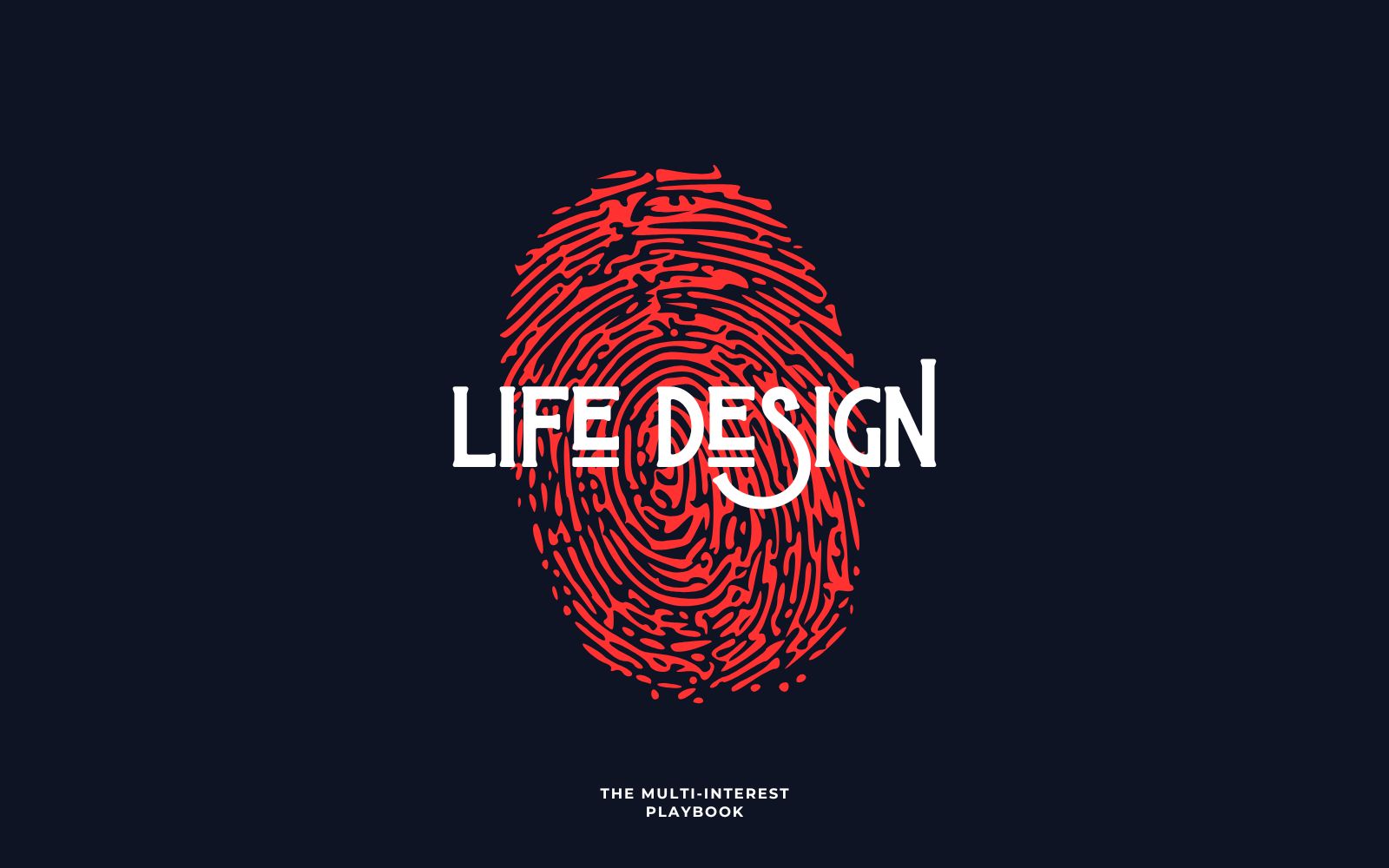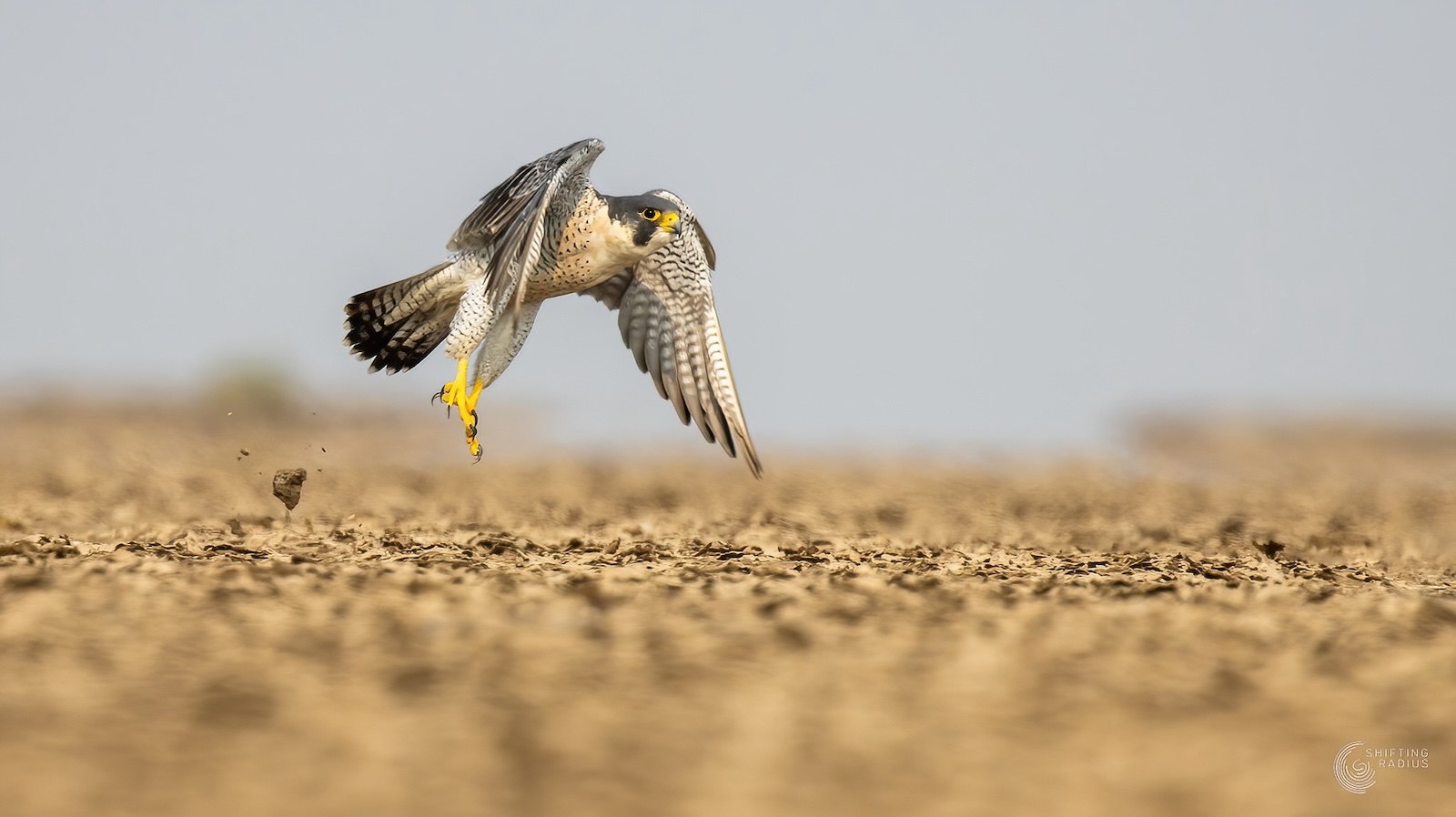Some stories, it turns out, have sequels. And not always the kind you look forward to.
Six months after rescuing a rat snake caught in a backyard golf practice net, we were back at the same spot for—believe it or not—another rat snake tangled in the same net. This wasn’t just about another snake in distress; it was a reminder that unless we change the setup, we’re just going to keep hitting repeat.
The rescue went smoothly. By now, we knew exactly where the problem was. But beyond the untangling and release, there was a larger conversation that needed to happen. So, we spoke to the residents—lovely people, genuinely unaware of the unintended trap they’d created. What began as a harmless golfing hobby in the backyard had, unintentionally, become a hazard for wildlife.
We discussed possible solutions, from modifying the netting to exploring other sports (badminton, perhaps? :)) that are less likely to turn into wildlife snares. The hope is that this turns into a small pivot towards something more sustainable, because the idea is never to stop people from enjoying their space, but to enjoy it mindfully.
Our backyards are not isolated bubbles; they’re extensions of a much larger ecosystem. Birds, snakes, insects, and other small creatures often pass through without making a sound or leaving a trace. But the moment we start fencing off spaces, hanging nets, and laying traps—even unintentionally—we’re creating obstacles they may not survive.
Backyard sensitivity doesn’t require radical change. It just asks for awareness. Look around. Observe what your hobbies, habits, and home setups might be doing to the space around you. A simple act of moving a net, switching a material, or making it movable when not in use could be the difference between life and death for a creature just trying to mind its own business.
As for us, we’ll keep showing up, one snake at a time. But we also hope we don’t have to keep coming back to the same spot for the same reason. Because the best rescue is the one that’s never needed.




